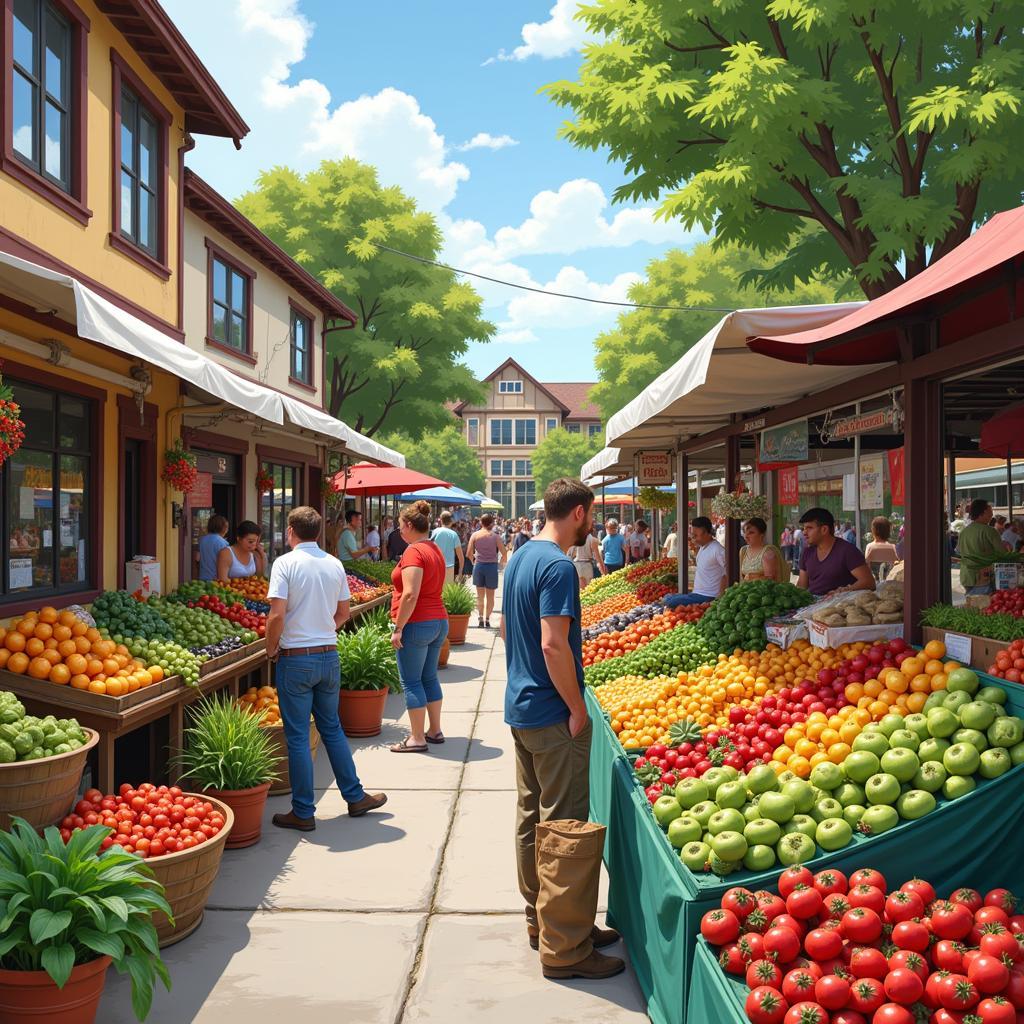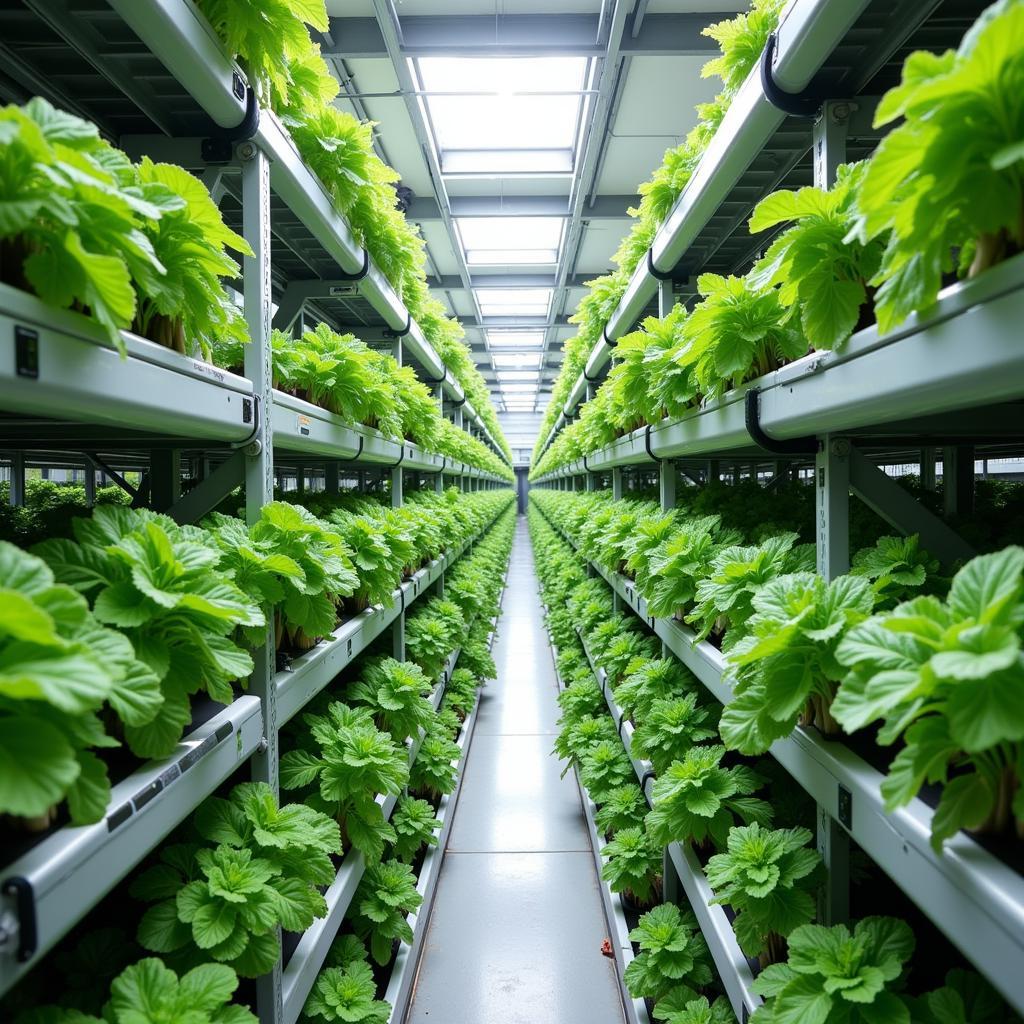Shipping methods have revolutionized food availability, transforming how we access and consume food from around the globe. From the humble beginnings of horse-drawn carts and sailing ships to the complex network of refrigerated trucks, cargo planes, and sophisticated logistics we see today, the evolution of shipping has dramatically broadened our culinary horizons and shaped our relationship with food. This transformation has brought both immense benefits and complex challenges, affecting everything from local economies to global food security.
From Farm to Table: A Journey Through Shipping History
Early forms of food shipping were limited by geography and preservation techniques. Local markets relied on farmers bringing their produce directly to consumers, while preserved foods like salted meat and dried fruits could travel further distances. The advent of canals and railroads marked a significant shift, enabling the transportation of larger quantities of food over longer distances. However, the real game-changer was the invention of refrigeration in the late 19th century.
Refrigerated shipping revolutionized the food industry, enabling the transport of perishable goods like meat, dairy, and fresh produce across vast distances. This innovation opened up new markets, allowing consumers to enjoy foods previously unavailable outside their immediate region. Imagine a world without bananas readily available in the UK or without access to exotic fruits in the heart of a landlocked country. Shipping has made it all possible.
The Modern Era of Food Shipping: A Globalized Food System
Today’s sophisticated shipping methods have created a truly globalized food system. We can enjoy fresh salmon from Norway, avocados from Mexico, and mangoes from India, all within a matter of days. This intricate network relies on a complex interplay of technologies, including refrigerated containers, temperature-controlled warehouses, and real-time tracking systems. These advancements have allowed for a wider variety of food to be available year-round, regardless of location or season.
However, this globalization also presents challenges. The long distances traveled by food products contribute to increased fuel consumption and greenhouse gas emissions, raising concerns about the environmental impact of our food choices. Additionally, the dependence on global supply chains can make food systems vulnerable to disruptions, such as natural disasters or geopolitical instability.
How Has Shipping Impacted Local Food Production?
While shipping has undoubtedly expanded food availability, it has also presented challenges for local food producers. The ability to import cheaper food products from other countries can make it difficult for local farmers to compete. This can lead to a decline in local agriculture and a loss of traditional farming practices. However, there is a growing movement towards supporting local food systems, with consumers increasingly seeking out locally sourced produce and farmers markets gaining popularity.
 Local Farmers Market with Fresh Produce
Local Farmers Market with Fresh Produce
The Future of Food Shipping: Sustainability and Innovation
The future of food shipping will need to address the challenges of sustainability and efficiency. Reducing the environmental impact of transportation through alternative fuels, optimized routes, and innovative packaging is crucial. Technologies like blockchain can improve transparency and traceability throughout the supply chain, ensuring food safety and reducing food waste.
“The future of food shipping lies in finding a balance between global access and local sustainability,” says Dr. Amelia Hernandez, a food systems expert at the University of California, Berkeley. “We need to leverage technology to create more efficient and environmentally friendly shipping methods while also supporting local food production and resilient regional food systems.”
 Vertical Farming Facility with Hydroponic Systems
Vertical Farming Facility with Hydroponic Systems
Conclusion
How Have Shipping Methods Influenced The Availability Of Food? Profoundly. From expanding our culinary choices to connecting global markets, shipping has transformed the way we eat. As we move forward, it’s vital to prioritize sustainable practices and innovative solutions to ensure a future where everyone has access to safe, nutritious, and sustainably produced food.
FAQ
- What is the biggest impact of modern shipping on food? Increased availability and variety.
- What are the downsides of global food shipping? Environmental impact and potential supply chain disruptions.
- How can we make food shipping more sustainable? Through alternative fuels, optimized routes, and innovative packaging.
- What is the role of local food systems in the future of food? Supporting local producers strengthens regional food security and reduces reliance on long-distance shipping.
- How can technology improve food shipping? Blockchain can enhance transparency and traceability, reducing waste and ensuring safety.
Need support? Contact us 24/7 at Phone: 02437655121, Email: minacones@gmail.com, or visit us at 3PGH+8R9, ĐT70A, thôn Trung, Bắc Từ Liêm, Hà Nội, Việt Nam. We have a dedicated customer support team ready to assist you.
“Local sourcing is not just a trend; it’s a vital part of building more resilient and sustainable food systems,” adds Maria Sanchez, a sustainable agriculture advocate.
“Consumers have the power to drive change by supporting local farmers and making conscious choices about the food they buy,” echoes David Chen, a food policy analyst.